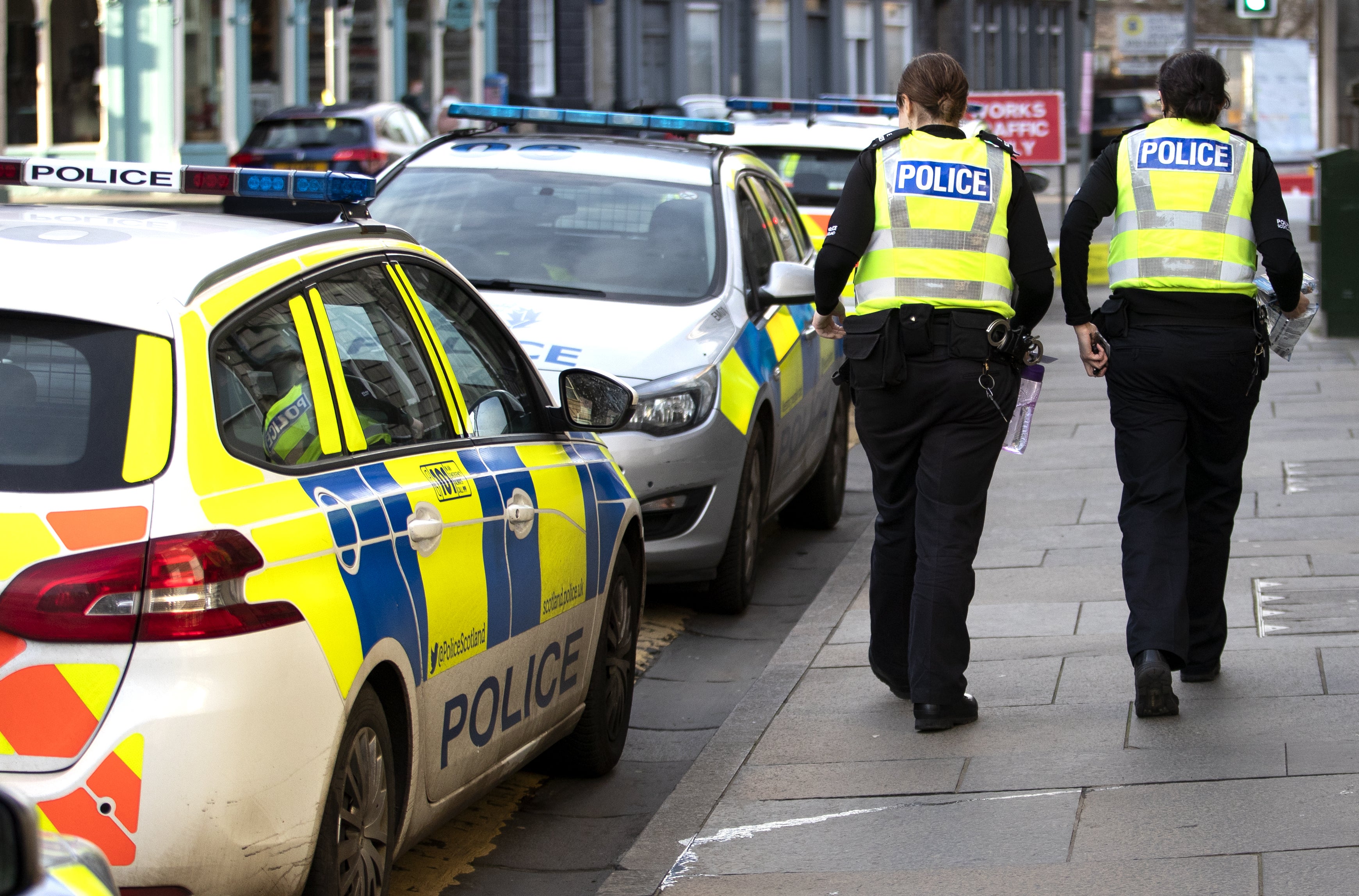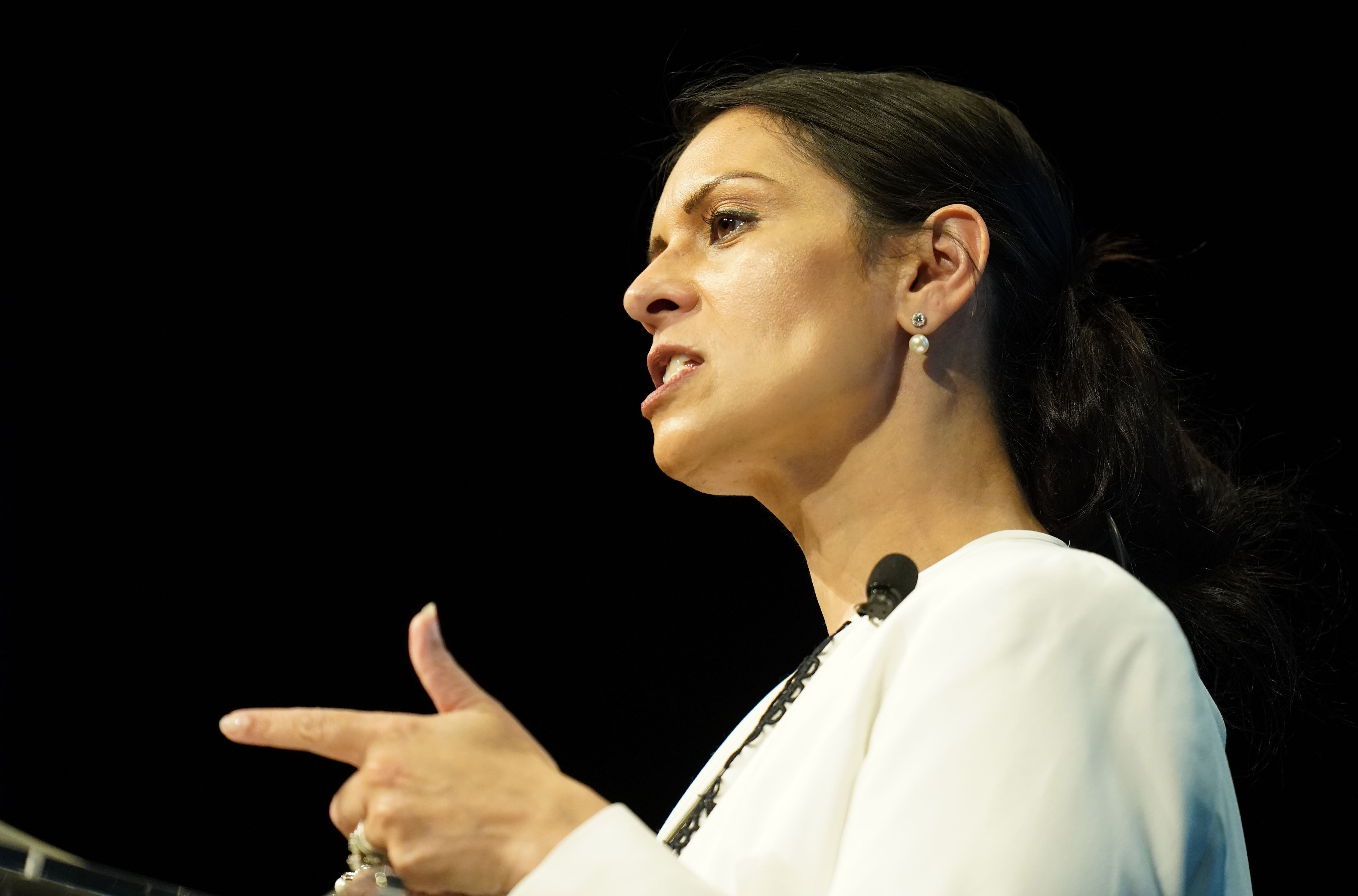Only one police force answering 999 calls within 10-second target
Forty-three police forces failed to meet their target over the six months between November 2021 and April 2022

Your support helps us to tell the story
From reproductive rights to climate change to Big Tech, The Independent is on the ground when the story is developing. Whether it's investigating the financials of Elon Musk's pro-Trump PAC or producing our latest documentary, 'The A Word', which shines a light on the American women fighting for reproductive rights, we know how important it is to parse out the facts from the messaging.
At such a critical moment in US history, we need reporters on the ground. Your donation allows us to keep sending journalists to speak to both sides of the story.
The Independent is trusted by Americans across the entire political spectrum. And unlike many other quality news outlets, we choose not to lock Americans out of our reporting and analysis with paywalls. We believe quality journalism should be available to everyone, paid for by those who can afford it.
Your support makes all the difference.Only one police force in the UK is meeting a target to answer 90 per cent of 999 calls in under 10 seconds, new data has shown.
Avon and Somerset Police was the only force to meet the standard, according to national statistics released for the first time by the Home Office.
Forty-three police forces failed to meet it over the six months from November 2021 and April 2022.
Overall, 71 per cent of 999 calls were answered within 10 seconds.

Humberside Police recorded the worst number, with only 2 per cent of calls answered in under 10 seconds. South Yorkshire Police answered 17 per cent, Durham Police 41 per cent, North Yorkshire 44 per cent and Gloucestershire 49 per cent.
Police Scotland aims to have a mean answering time of under ten seconds and recorded 10.1 over the period.
Home Secretary Priti Patel said: “The public deserve to know that their local police force will be at the end of the phone, ready to leap into action at seconds’ notice to protect them from harm”.
“Fundamentally, publishing this data is about driving up standards in our incredible emergency services even further, so that the public can have every confidence in the police’s ability to save lives and keep our streets safe,” she added.
Fundamentally, publishing this data is about driving up standards in our incredible emergency services even further
“We can now see where forces are excelling and where vital improvements need to be made and I thank the police for their commitment to ensuring we maintain the best emergency services in the world.”
National Police Chief’s Council (NPCC) lead for contact management, Assistant Chief Constable Alan Todd, said a lag in connecting calls can contribute to waits but that “this isn’t for a member of public to resolve”.
“We want the public to have access to the data as part of policing being open and transparent,” he added.
“This is the first time police forces and the public have been able to see the time it takes to answer 999 calls from the call being made by the public, it being connected to the police by BT and local providers, to it being answered by police call handlers.”
The Association for Police and Crime Commissioners’ local policing leads Alison Hernandez and Jeff Cuthbert said the data showed “the demand for policing and the volume of calls” across the country.
This is the first time police forces and the public have been able to see the time it takes to answer 999 calls from the call being made by the public
“Police and Crime Commissioners are committed to supporting excellence in policing and will use this data to continually drive forward improvements and hold the police to account on behalf of the public,” they added.
It comes after the BBC reported freedom of information requests obtained from 22 police forces in England and Wales suggested officers are now 28 per cent slower to attend Grade 1 emergencies.
This equates to taking three minutes longer on average to arrive at serious incidents.
The BBC said responses from 19 forces in England and Wales suggested they were 44% slower to arrive at serious incidents than in 2013.
The broadcaster also reported that the number of recorded crimes leading to a charge or court summons for a perpetrator fell for the last seven consecutive years, up to March 2021. Between 2015 and 2021 it fell by 40 per cent.